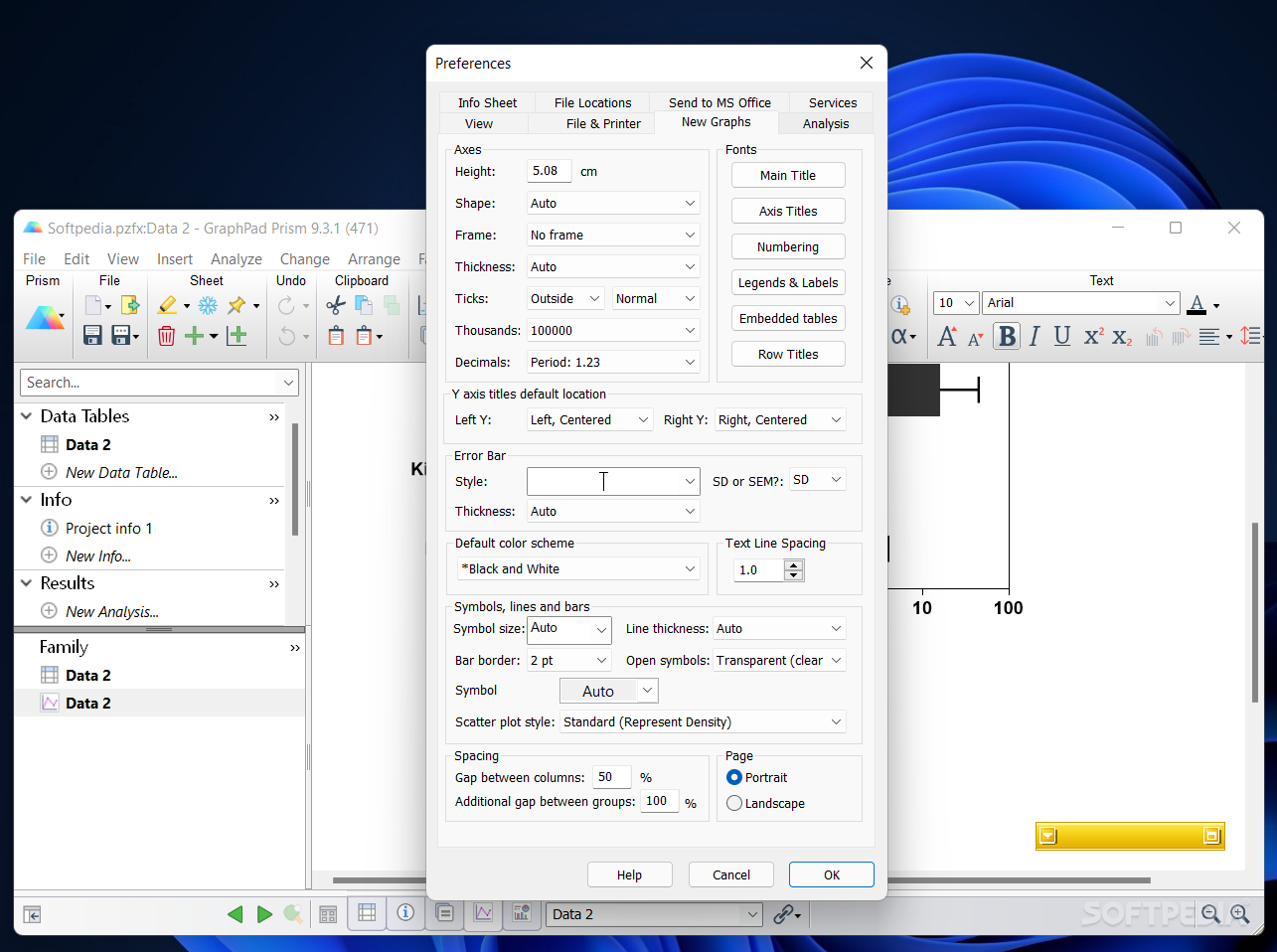


The ability of dental pulp to differentiate toward odontoblasts following dental pulp injury suggests its potential regenerative ability. It provides various essential functions, including the formation of reparative dentin to protect the dental pulp tissues from the external environment and the maintenance of tooth homeostasis as a viable organ. BET promoted odonto/osteogenic differentiation via intracellular calcium regulation.ĭental pulp is a vascularized connective tissue that occupies the pulpal cavity of the tooth. IhDPs showed superior proliferation ability and a longer life span, which could serve as a promising cell for regenerative dentistry. TMB-8 pretreatment reduced the effect of BET-induced ihDP osteogenic differentiation, whereas thapsigargin promoted osteogenic differentiation in ihDPs synergistically with BET. BET (50 mM) treatment significantly increased mineral deposition at 14 days and upregulated ALP, MSX2, BMP2, and RUNX2 expression. An increased proportion of cells in S and G2/M phases without senescence was observed in ihDPs.

IhDPs retained similar phenotypic characteristics presented in hDPs but exhibited an increase in cell proliferation and extended culture to passage 25. To investigate the involvement of calcium signaling, the cells were pretreated with either 8-(NN-diethylamino)octyl-3,4,5-trimethoxybenzoate (TMB-8) or thapsigargin before BET treatment ( n = 6). Osteogenic differentiation was detected using ALP, ARS staining, and RT-qPCR ( n = 4). The effect of BET on ihDP response was assessed ( n = 4). Characterization, multilineage differentiation, proliferation, cell cycle, colony-forming unit, and cellular senescence were evaluated ( n = 4). HDPs were immortalized using SV40 T-antigen transfection.

This study aimed to evaluate the effect of betaine (BET) on immortalized human dental pulp stem cell (ihDP) osteogenic differentiation.


 0 kommentar(er)
0 kommentar(er)
